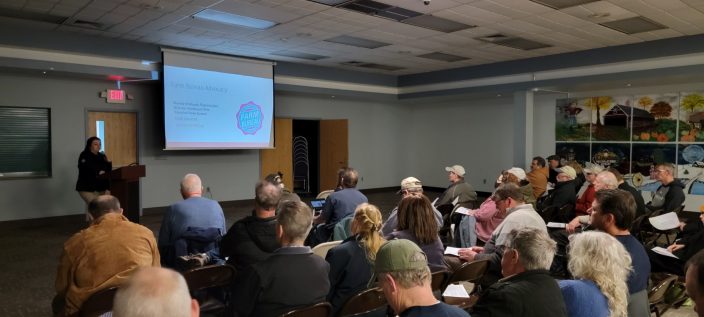Cows make Christmas extra cheerful
It might seem like a real chore to have to take care of the animals before any Christmas gifts or meals can happen, but to me it is such a special time.
Read MoreFifty property owners spent a cold and icy evening with the Ashtabula County Auditor’s Office and representatives from other agencies learning about forestry tax programs this past week. The savings of these programs, anywhere between 50% to 95% of owner’s property taxes according to County Auditor David Thomas, was a big reason his office has been spreading the word.
The evening was focused on properties with woodlands and those interested in managing forests of over 10 acres in size. The two tax savings programs discussed were the Current Agricultural Use Value (CAUV) Woodland Program managed by the Auditor’s Office and the Ohio Forest Tax Law Forestry Program managed by the Ohio Division of Forestry.
“Our goal is to not only get folks the tax credits they deserve but also preserve a vital environmental and economical asset in our county’s woodlands,” Thomas said.
Heather Hall, CAUV specialist with the Auditor’s Office, and John Kehn, service forestry coordinator with the Ohio Division of Forestry, explained both programs and the requirements for property owners to apply and receive the tax incentives.
Entry into these opportunities takes three basic things, they shared:
“Both programs have pros and cons which we have easily available on our website along with other information,” Thomas said. “The key is becoming educated and learning about what is best for your property.”
Woodlands is the fastest-growing tax credit which property owners are being enrolled in over the past several years. Thomas attributes this to more education, a better economic output from responsible timbering, and the growing tax savings.
Parcels on CAUV woodland are taxed at the lowest possible value which is $230 an acre. This is significantly lower than most market values in Ashtabula County for woodlands which Thomas explains are between $2,000 to more than $10,000 an acre.
Also present at the education session was Ohio Farm Bureau Northeast Counties’ Organization Director Mandy Orahood. Orahood shared work Farm Bureau is doing with their legislative priorities to end a carve-out in Ohio law which does not permit properties in the CAUV Woodlands or Ohio Forest Tax Law programs to receive a non-business credit of a 10% tax reduction. Farm Bureau believes this is an unfair treatment of woodland owners as traditional farmers and agriculture producers can receive non-business credit.
“Due to our membership’s push at the local level to encourage this change in policy, Ohio Farm Bureau made the non-business credit issue a legislative priority in December and we’ve been excited to have Rep. Fowler Arthur and Auditor Thomas working to make it a reality for our farmers,” Orahood said.
Those who missed the session, but would like to learn about these opportunities can read more at the Ashtabula County Auditor’s website or contact Heather Hall at 440-576-3788. CAUV applications and renewals are due by Tuesday, March 1 to the Auditor’s Office.
Watch the video from the February 24 Education Session on Woodland CAUV and Ohio Forest Tax Law
Read the PowerPoint from the educational woodland CAUV session
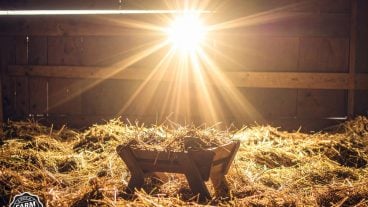
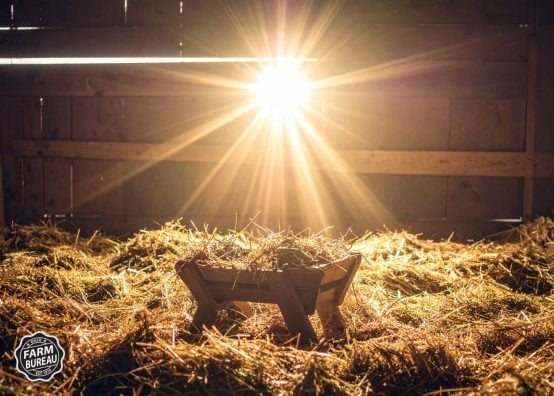
It might seem like a real chore to have to take care of the animals before any Christmas gifts or meals can happen, but to me it is such a special time.
Read More

Happy Thanksgiving, Everyone! I say it every year, but Thanksgiving is my favorite holiday. The gathering of friends and family…
Read More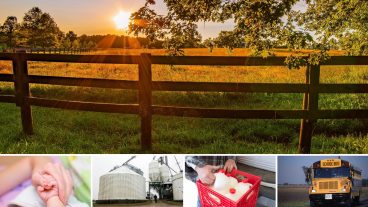

We need to get back to being people who see the good before the differences. Because when agriculture thrives, communities thrive.
Read More

As we pull on our hoodies, light our jack-o’-lanterns and sneak just one more piece of candy, we can thank agriculture for giving us the most spooktacular night of the year.
Read More

It is currently illegal to sell unpasteurized milk in Ohio. There is a renewed interest in raw milk sales, so that could change.
Read More
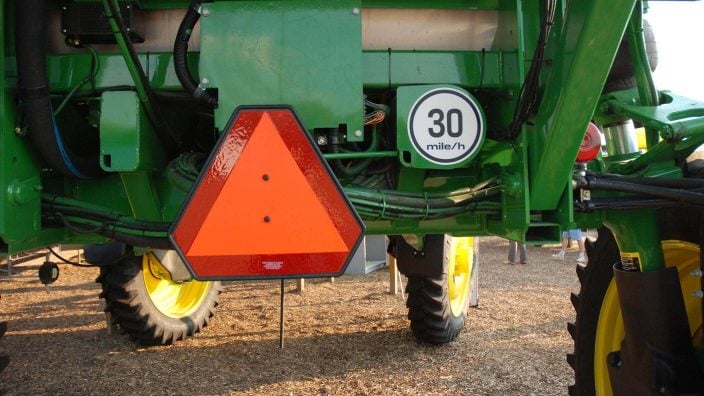
Fatigue and stress can sneak up on even the most seasoned farmer. Please, take care of yourselves.
Read More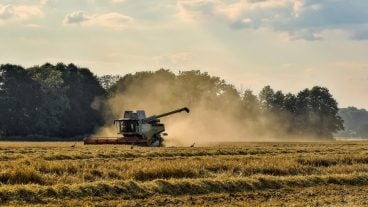
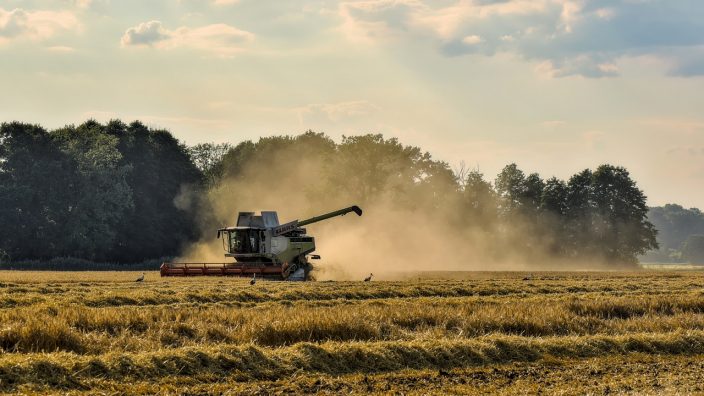
Traveling on roads with large, often oversized equipment adds to the stress.
Read More

Seeing these events be so successful and having kids so excited and eager to learn is truly heartwarming.
Read More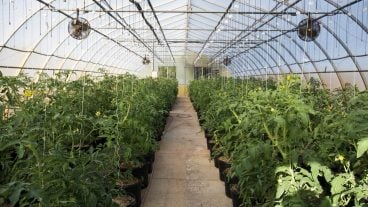
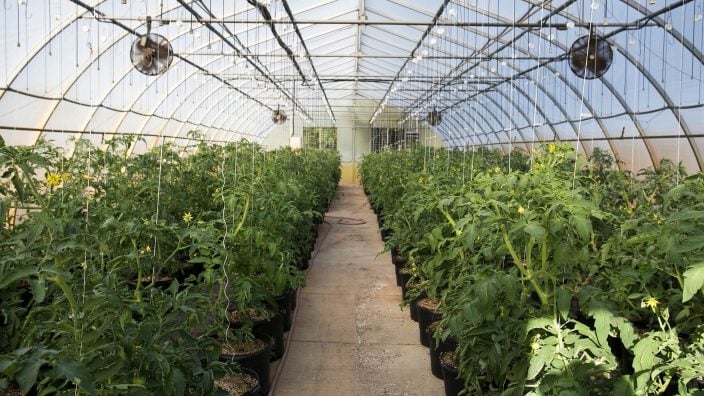
CEA will not replace traditional farming, but it is helping our food supply be more sustainably produced in the United States.
Read More

Bill Patterson of Chesterland is serving on the 2025 Ohio Farm Bureau Federation Policy Development Committee.
Read More